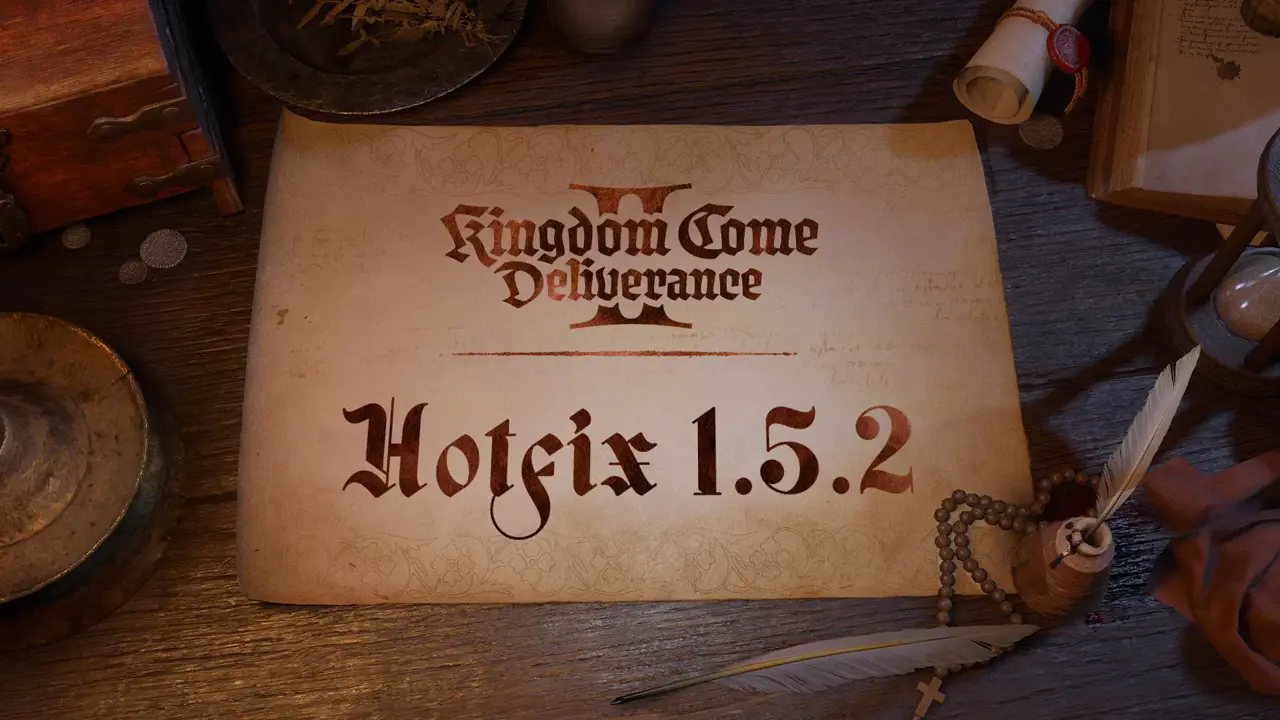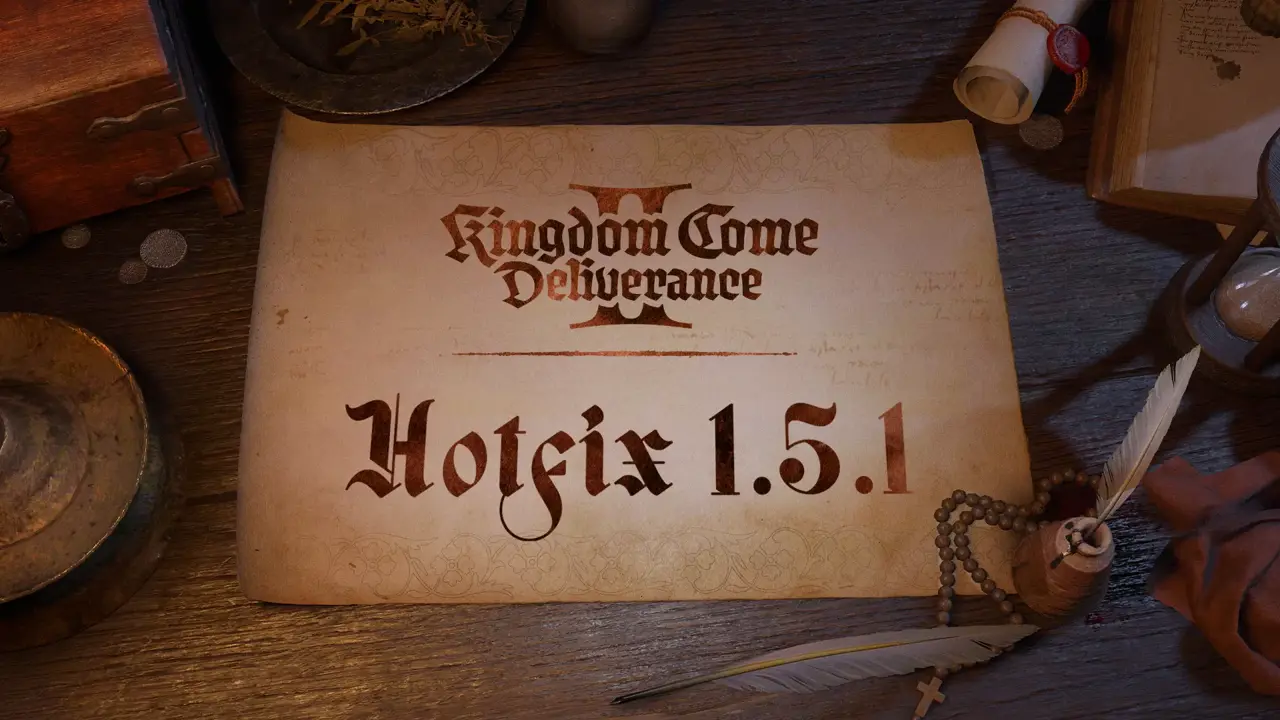The real history of Kingdom Come: Deliverance 2

As Henry’s tale continues to unfold in Kingdom Come: Deliverance II, it does so against a background of political and social upheaval. The influence of the ongoing war between brothers King Wenceslaus the 4th and King Sigismund of Hungary continues to impact not just into the lives of every Bohemian, but across all of Europe too.
“Everything is divided, and right now the nobility is trying to work out which side is most beneficial to them,” explains Joanna Nowak, historical consultant at Warhorse.
“As for the lower social classes, they fear that something is happening, but they don’t know exactly what - even as they’re watching armies pass through villages.
“There’s lots of uncertainty, and the further down the social chain you are, the less influence you have on all of this. You’re still listening though, and you know that something is going on. The times are full of fear and curiosity, it’s felt really deeply, and it’s a very nervous situation everywhere.”
This fear permeates throughout the game’s countless quests, where sightings of Sigismund’s marching men have come to occupy the minds of villagers. As tales spread of nearby villages being attacked and plundered for food, animals and other resources, it’s no wonder the population finds itself asking who’ll be next to feel the sweeping hand of history.
With that fear comes both paranoia and plotting too, with friends and allies turning against one another, as previously shared allegiances begin to shift. This historical, ominous sense of upheaval runs sharply through the dialogue and actions of every Bohemian citizen, with certain quests placing you directly in the path of these real-life events.
As with the first game, however, Warhorse is keen to avoid being strictly constrained by details of the past. Back then, history’s own Markvart von Aulitz proved the perfect secondary antagonist for the first chapter of Henry’s tale and yet - rather inconveniently - the real Markvart had perished one year before the events of the game took place.
It’s this sort of detail that the developers feel comfortable smudging a little, and where doing so serves the story instead of historical accuracy for the sake of it. This philosophy applies not only to the very fine details from history, but also the events themselves.
“We have a narrative story and so somehow we have to weigh up how many of these things we can include and still have it make sense as a whole story!” explains Joanna.
“It’s inevitable that there’s always some kind of assumption or interpretation too. It’s very difficult to put things in the game with certainty that they’re strictly accurate, because you don’t know exactly what people were talking about.
“There are some topics that we definitely avoid because we feel it involves too much speculation. On the other hand, there are topics that we want to address anyway - if they’re essential for our game, and even if we can’t say with certainty that something happened in this particular village, for example.”
One thing Joanna can do is help the studio dispel some of the more stubborn stereotypes that many of us have about life in medieval times. Clarifying this sort of detail was crucial for helping the art team build an authentic 15th Century world.
“Many people don’t know just how intelligent these people were, and how they made life comfortable for themselves. People think everyone was sleeping on hard floors and wearing uncomfortable clothing. That’s just not true! Even village households were nice and cosy. They were always trying to fill them with nice woollen things to give warmth.
“Places and rooms - even for noblemen and commanders - were often shared too, because these people didn’t have a problem with a lack of privacy. You assume now that everyone must want to have their own capsule of intimacy, but in these times it wasn’t like that. They were sharing space more communally, and they didn’t have in their mind that this is a just-for-me place.”
This attention to detail doesn’t just inform the broad strokes of spatial design either. In Henry’s time, doors were very often left wide open to accommodate the comings and goings of servants, guests and clients. How then to protect your most valuable possessions?
“If you had something of really high value - something really worth stealing - you would keep it in a trunk or a chest. They were super-sophisticated and had very complicated locking mechanisms.”
“Again, we have to comprise a little though, because we don’t want everything in the game to be so accessible. It can be much easier to make the door into a useful barrier, but if you get inside you will still have to deal with another lock on the chest or the trunk, because the contents are so precious!”
It’s this kind of careful dance between historical accuracy and immersive gameplay that makes Kingdom Come: Deliverance II such a unique experience within the RPG landscape. You’ll be able to explore this intricately crafted world yourself when the game releases on 4th February 2025.



